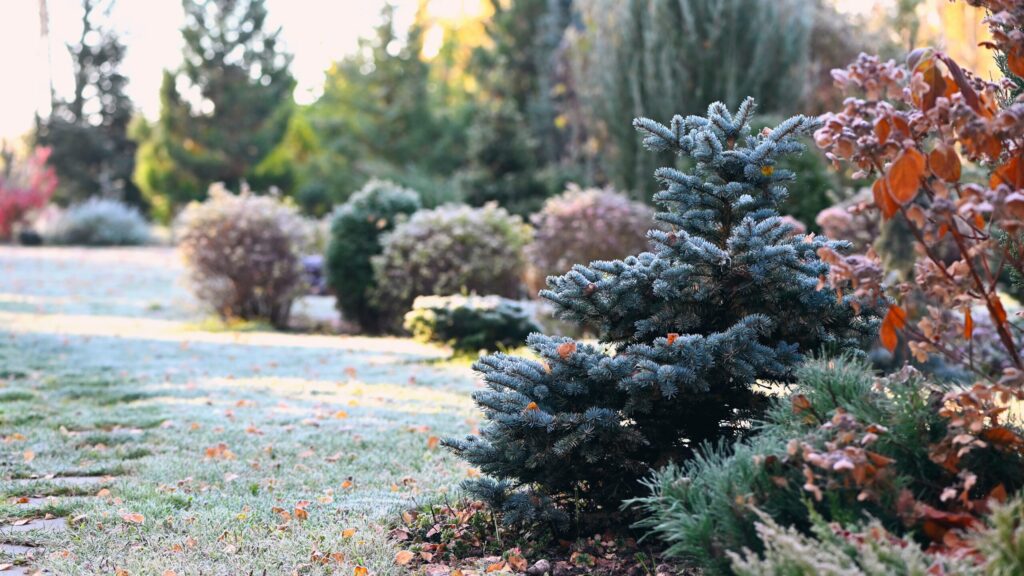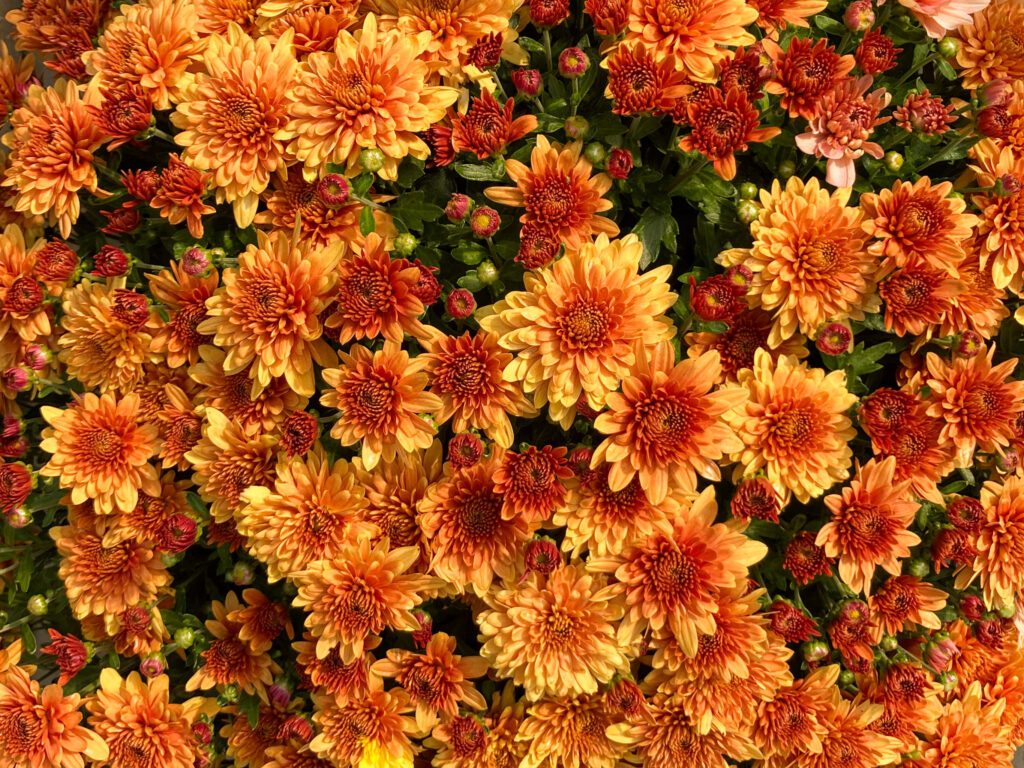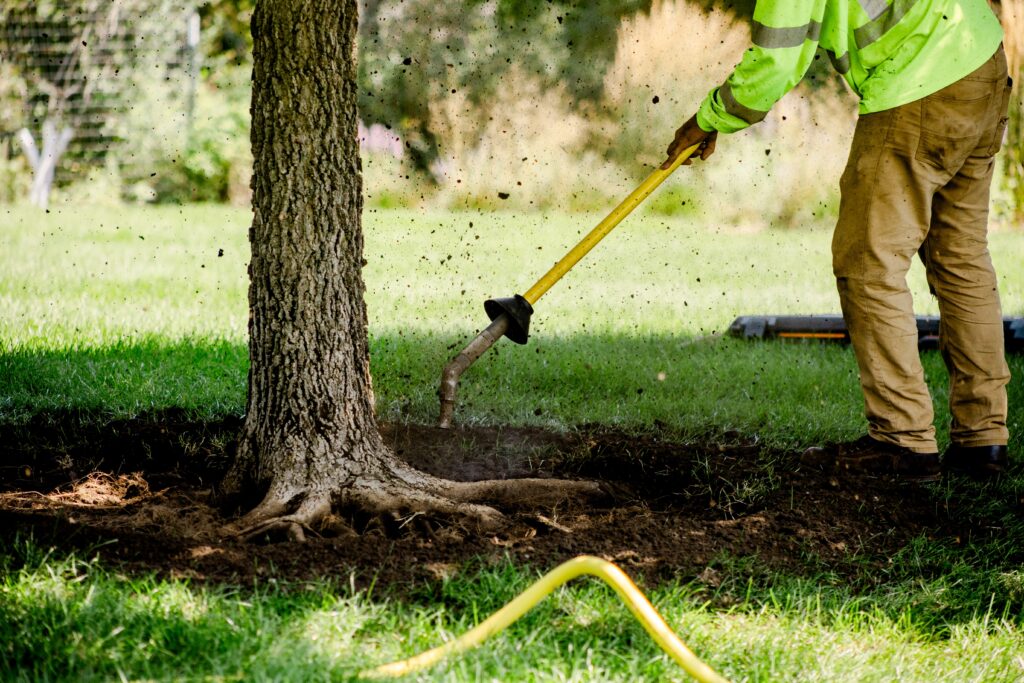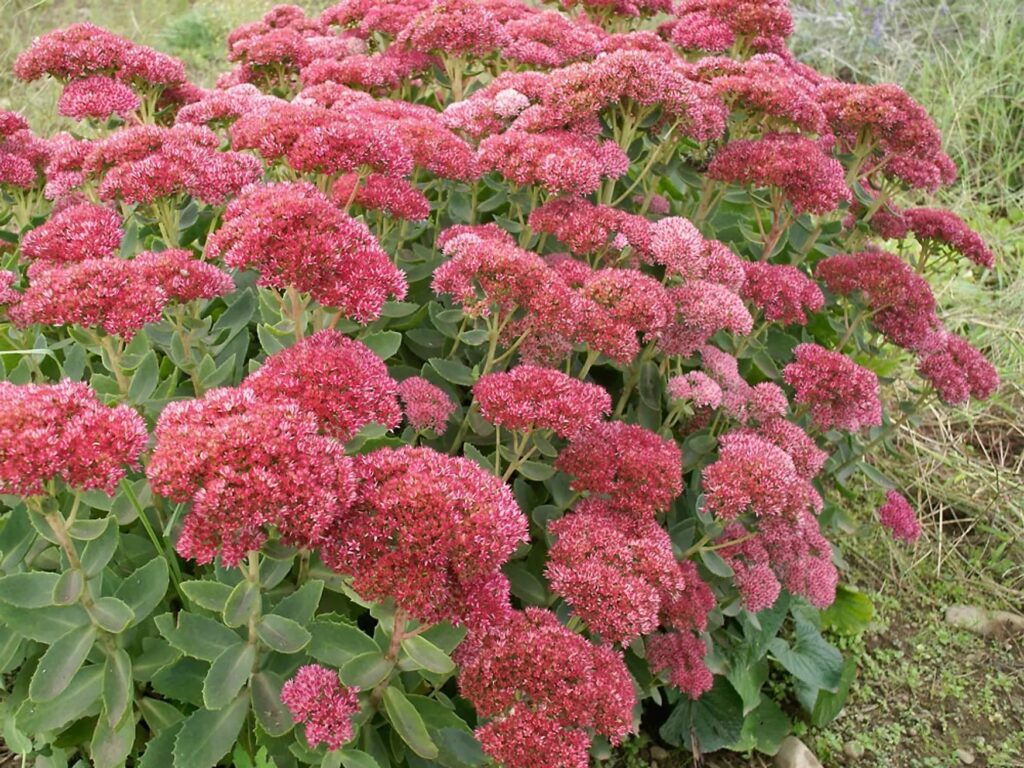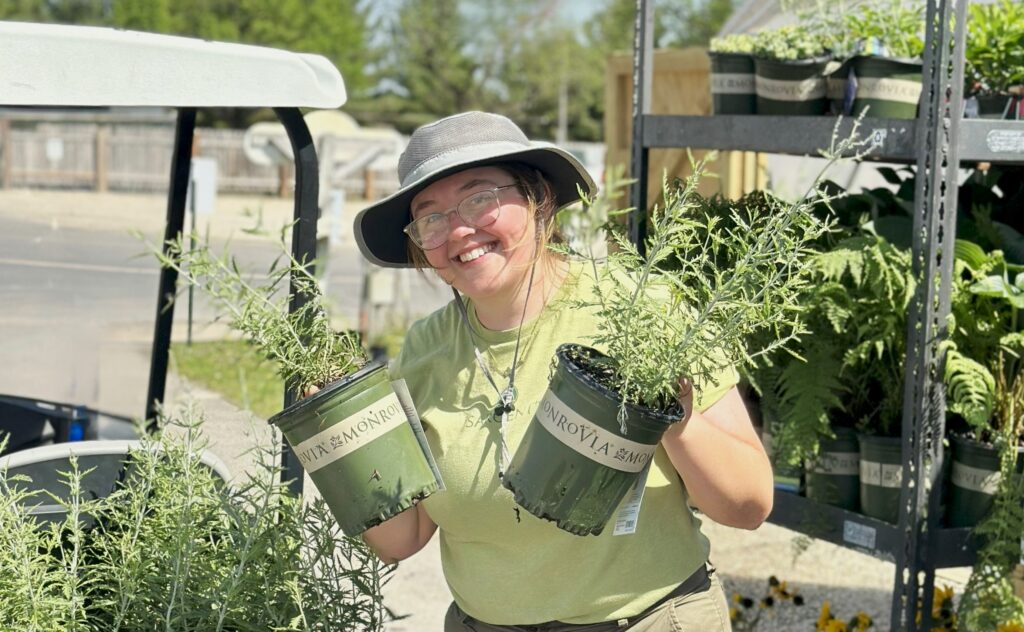We’ve been hearing a lot of chatter within the Rochester gardening community about perennials that haven’t returned for the 2025 season. We’re just as saddened by this reality as the rest of you. Some of our most trusted garden favorites didn’t make it through the winter, and many of you have reached out asking what went wrong.
Wait, Didn’t We Have a Mild Winter?
It felt like it, but looks can be deceiving. While this past winter was mild on paper, it was unusually dry, and that made all the difference. Perennials need cold temperatures to go dormant and reset, but freezing, thawing, and refreezing, especially with no cover, can harm and even kill established plants. Without consistent snow cover for insulation, the few sharp cold snaps we had in January and February were enough to do real damage.
According to the Minnesota DNR, January 2025 brought only 0.02 inches of precipitation in Rochester, which is nearly an inch below normal. The result was frost that reached 25 inches deep. That was enough to damage even well-established root systems.
Even long-established perennials that have survived decades of Minnesota winters struggled this year. The result? Dead crowns, slow or no emergence, and a lot of puzzled gardeners.
Winterkill Was Widespread
This wasn’t just a Rochester issue. Reports of winterkill have been coming in from across the Midwest, impacting not only perennials but also fruit trees, shrubs, and even commercial crops. The combination of dry fall conditions, little snow, and sudden temperature swings made for a tough season underground.
While we can’t bring lost perennials back, we can help you move forward with a little more confidence and some peace of mind. These steps will give your perennials a better chance to thrive, even in unpredictable weather.
- Amend Your Soil
Healthy soil supports stronger roots. We recommend incorporating organic matter such as Cowsmo compost or earthworm castings every two to three years to boost organic matter and help plants build resilience for future seasons. Avoid fertilizing your perennials after August 1st, but focus instead on slow-release fertilizers like Osmocote in the spring to support steady, healthy growth.
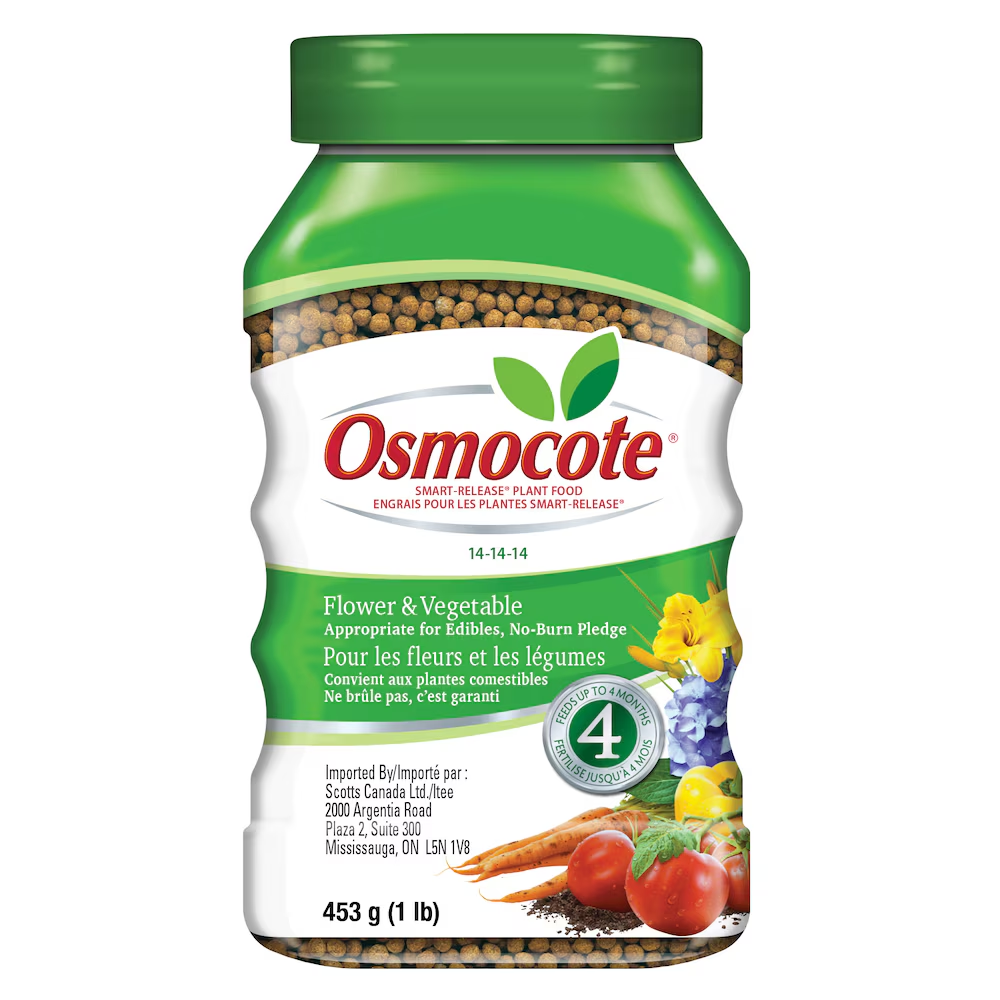
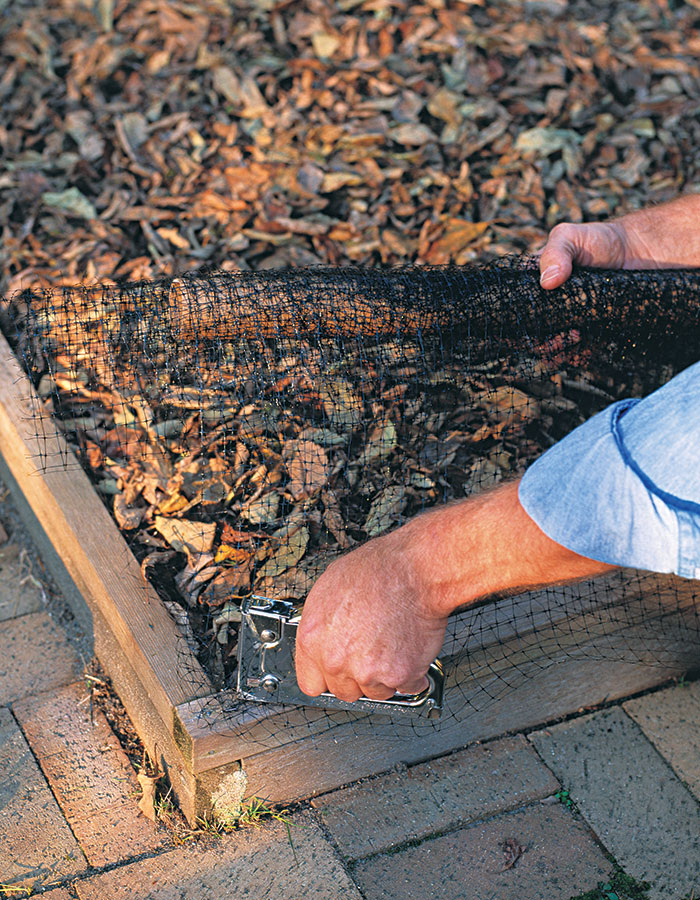
2. Mulch Smart
Snow is a perennial gardener’s friend, because it creates a layer of insulation, but it’s not always guaranteed. One way you can control your plant’s insulation is with mulch. A good two to three inches of mulch helps insulate root systems and regulate soil temperatures. Be sure to add additional mulch in late fall, once the ground is frozen. Wood mulch is ideal. Grass or chopped leaves also work well, but may need securing with bird netting and small stakes so the wind doesn’t blow it all away. Be sure grass and leaves are dry because too much moisture can cause mold and bacteria growth.
When spring arrives, slowly remove the thick layer of mulch. Quick removal of mulch may put plants into shock because of a sudden environmental change.
Dry fall conditions set the stage for winter damage. If rainfall is limited in September and October, keep watering your garden until the ground freezes. We had an especially dry autumn in 2024, which led to an unstable start to perennials’ dormant stage.
At Sargent’s, we stand by our plants. Be sure to ask us about our plant warranty program if you’re replacing perennials this year. We’re here to help! Click here to read more on our Cowsmo Perennial Warranty. We want you to feel confident when shopping at Sargent’s, even after a tough winter.
- Be prepared
Mother Nature has always been unpredictable, and we can’t anticipate what weather patterns are on the horizon. But we can prepare ahead! By mulching plants in the fall, adding soil amendments, and taking advantage of the Sargent’s perennial warranty, you’ll have some insurance for the winters ahead.
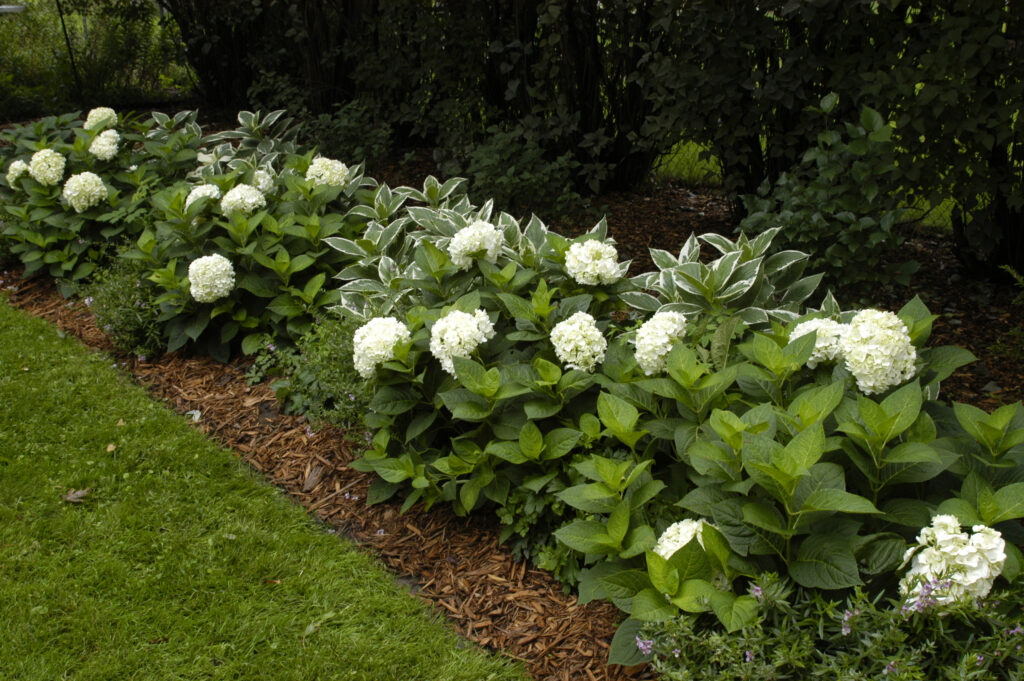
Not sure if a plant is dead or just late to emerge? Wondering what to replant? Visit one of our stores. Our team of plant experts is ready to help you troubleshoot and reimagine your garden with confidence.
Weather is unpredictable, but your garden care doesn’t have to be. With a little preparation and the right support, you can set your perennials up for success year after year. We’re here whenever you need help planning, replacing, or just getting back on track.
Seasonal Perennial Checklist
Spring
- Apply slow-release fertilizer such as Osmocote
- Water as needed to encourage healthy growth
- Gently remove mulch and netting as temperatures warm
Summer
- Monitor and adjust watering, especially during hot spells
- Check for signs of plant stress or pests
Fall
- Refrain from fertilizing after August 1st
- Water plants during dry conditions through freeze-up
- Cut back soft leafy plants such as hostas after foliage has naturally died back. Plants that reseed or have stockier stem, such as can be left until the spring.
Winter
- Leave ornamental grasses up for winter interest if desired
- Apply mulch after the ground freezes, especially if snow is lacking
Recent Blog Posts

